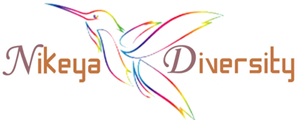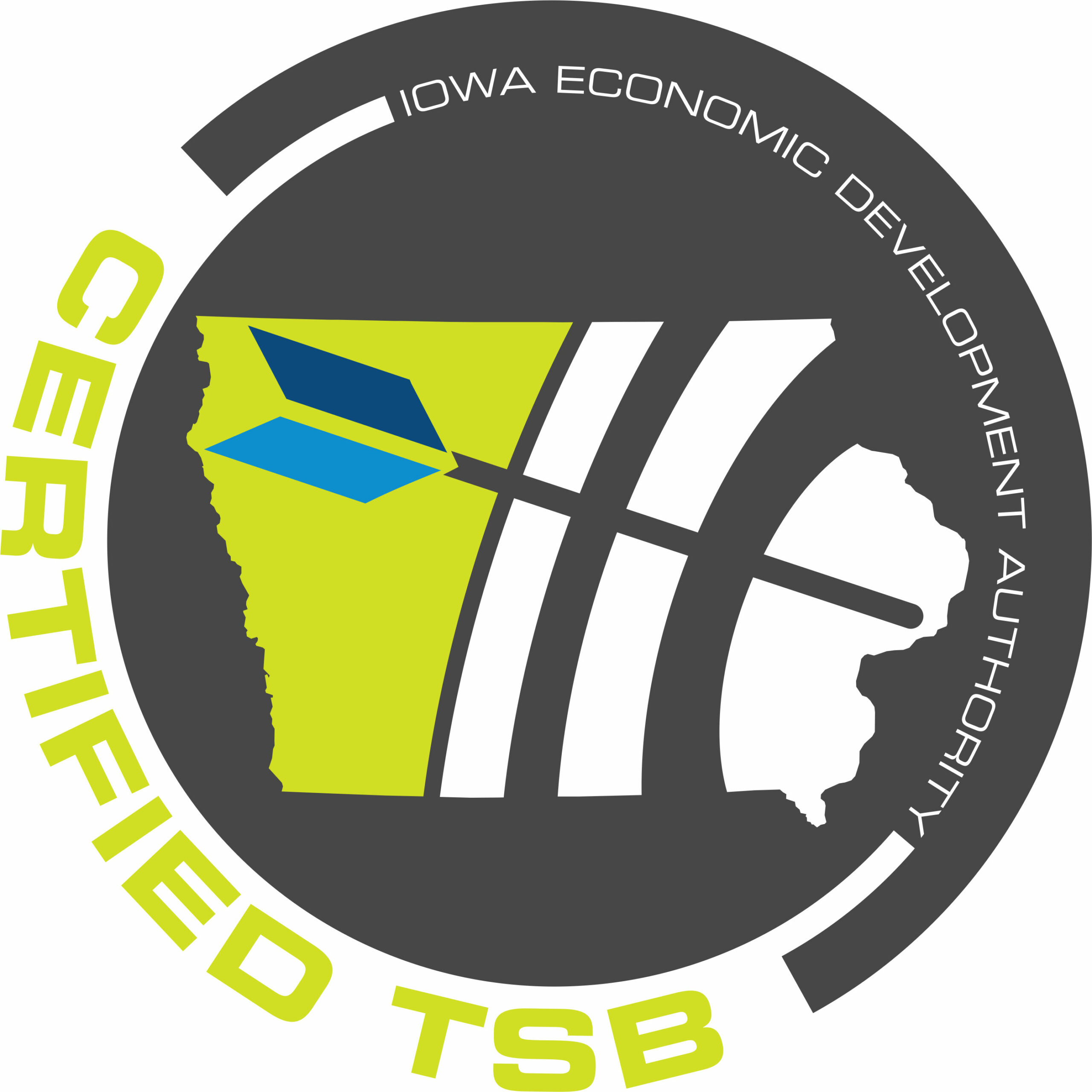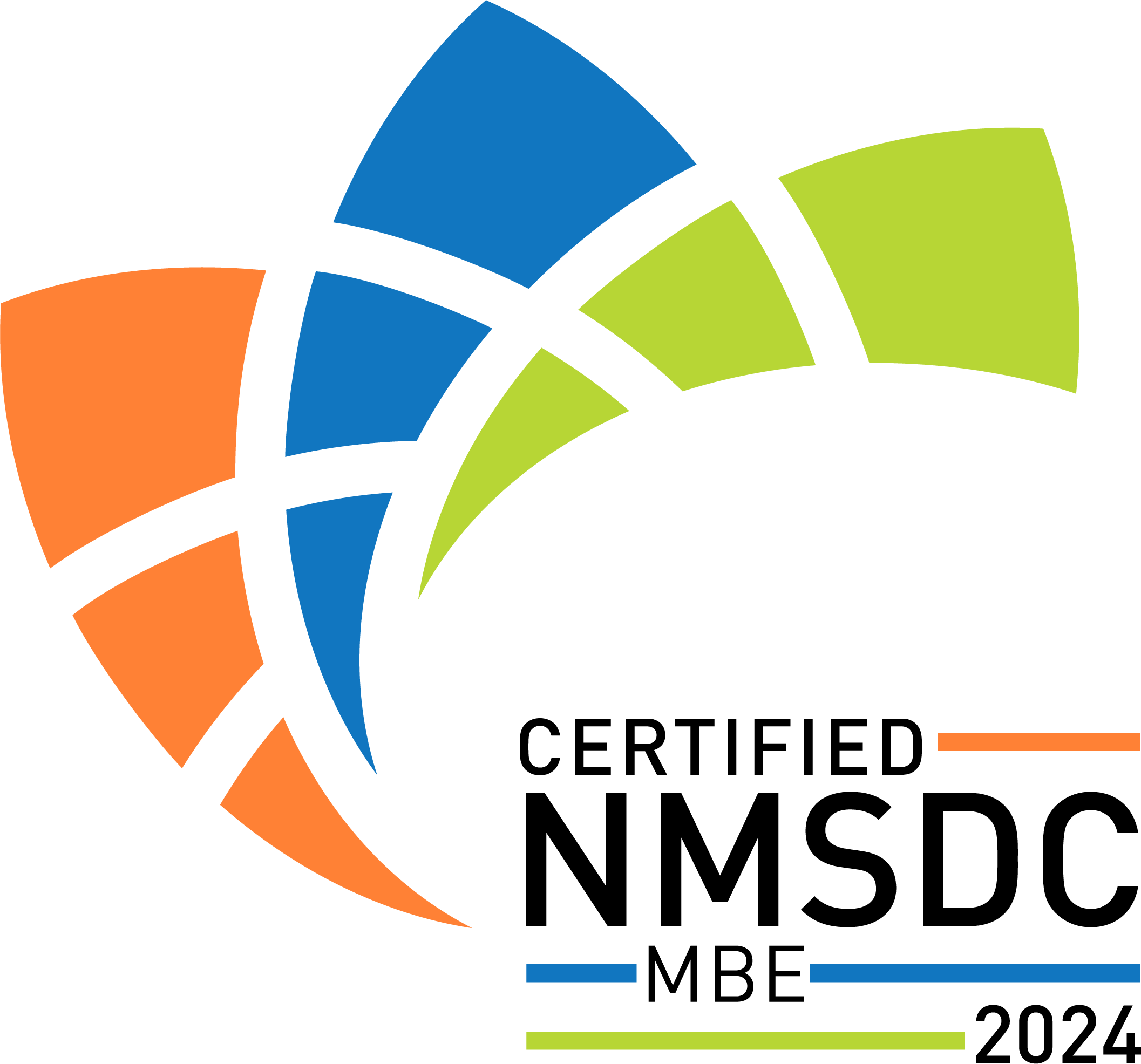Performance Outcomes Drive Approach to Curriculum
The certification test is a broad-based, knowledge exam. As with most standardized tests, scoring high will be a matter of taking the time to adequately prepare. The test consists of 120 multiple choice questions over two and a half hours. Candidates are encouraged to choose the best possible answer or the answer that aligns most closely with the competencies.
Nikeya Diversity Consulting is pleased to provide this world renowned diversity certification program. IDC’s next-generation educational platform transforms traditional DEI education by providing information that is necessary for the test as well as useful on the job. Candidates can save time and resources through our competency-based approach to leadership and better results. The expected performance outcomes for each credential are listed below.

Differences in Competencies
Certified Diversity Professional (CDP)®
1. The Role of a Diversity Practitioner
Assemble the foundational components of a successful diversity and inclusion effort by creating a strategic plan and developing standard operating procedures; effectively communicate the role of a Diversity practitioner
2. The Business Case for Diversity, Equity & Inclusion
Justify the case for maximizing workplace diversity, equity, and inclusion efforts by using traditional business principles; write a compelling business case that produces information and/or gains support for equity and inclusive excellence
3. EEO Laws in the U.S. and Abroad
Compare the basic tenets of global legislation that prohibits employment discrimination; consult with direct supervisors, and delegate responsibility for addressing unprofessional and/or illegal behavior
4. Harassment Around the World
Advise managers and employees about strategies to prevent and correct harassment in the workplace; develop clear procedures to investigate and follow-up with complaints
5. Diversity Recruiting, Engagement & Retention
Coordinate best practices and innovative techniques to recruit, on-board, develop, include, engage and retain diverse workers
6. Reinventing Diversity Training, Education & Development
Design, present and evaluate training, education, and development initiatives that result in the acquisition of new skills, the practice of intentional behaviors, or a positive change in the organizational culture
7. Handling Difficult Conversations
Confidently initiate and mediate complex discussions about diversity; develop an effective message of inclusion for employees, students, patients, customers, Board members, supplies, partners, or other stakeholders
8. Resource Groups & Diversity Councils
Collaborate with and delegate to internal allies in order to analyze the organizational climate, integrate D & I within business units, and achieve mission-centered objectives
9. Empowering Women in the Workplace
Develop interventions that will eliminate the gender gap in compensation, promote work-life integration, build a diverse pipeline, and increase the overall inclusion of women
10. Disability, Accessibility & Accommodations
Encourage employees to eliminate the stereotypes associated with workers who have visible and non-visible disabilities; help supervisors gain better understanding of accessibility and accommodations in the workplace
11. Generational Intelligence
Prepare the workplace for changes in the organizational scope and structure by acknowledging generational differences in the approach to work, as well as in expectations for management
12. Designing Programs for Veterans
Improve the Organization’s ability to employ a diverse veteran population by utilizing best practices for optimal workplace performance
13. Immigrant Groups in the Workplace
Modify diversity terminology, policies and practices to include nationality, as well as create more opportunities for employees to learn about and work in different cultures
14. Navigating through Religion & Belief Systems
Identify the complexities associated with religion and non-religion at work; help supervisors and employees to steer through issues relative to sincerely held personal beliefs
15. LGBTQ+ Inclusion
Build LGBTQ+ inclusive workplaces with policies that are discrimination- and harassment-free, as well as with practices that are fair
16. Measuring the Impact of Diversity, Equity & Inclusion
Evaluate diversity, equity, and inclusion efforts by assessing the achievement of annual plan goals, identifying areas for improvement, and directing future progress; calculate the quantifiable benefit or return on investment from DEI work
Certified Diversity Executive (CDE)®
1. Personal Awareness & Continuous Learning
Develop one’s own emotional intelligence; compare activism with advocacy; identify opportunities for empathy, compassion, care, and specialized focus
2. Improving Your Approach to the Bottom Line
Construct a concise, data-driven approach to demonstrating the business benefits of equity and inclusion; communicate with stakeholders more effectively by distinguishing between Personal Value (What’s In It For Me — WIIFM) and Organizational Value
3. The Elements of Leading a Large-Scale DEI Effort
Develop a formal framework from which to advance diversity, equity, and inclusion work, including the formation of a strategic plan, standards, policies, budget, and an organizational chart
4. Managing the DEI Talent Life Cycle
Explore the key to extending the talent life cycle with engagement strategies, navigating diverse social views in the workplace, and formalizing structured DEI career path
5. Global Best Practices for an Inclusive Culture
Operate a best-in-class diversity effort by adopting professional methods and/or techniques that have been globally accepted as superior in fostering equity, defining inclusive excellence, and achieving a discrimination- and harassment-free work environment
6. Bias in People, Policies & Practices
Identify implicit associations that lead to discrimination, inequality, and exclusion; present effective techniques to help managers and employees overcome stereotypes and biases in people, policies & practices
7. Boardroom Diversity
Improve policies, management, and decision making at the board level to reflect inclusive leadership; ensure a pipeline of diverse board candidates
8. Supplier Diversity
Build a diverse vendor base and enhance the organization’s cost-saving opportunities with an inclusive supply chain strategy
9. Integrating Cultures Amidst Merger & Acquisition Activity
Reconcile cultural expectations and practices amidst a unification of companies, departments, or agencies; consult with leadership about potential problems and opportunities
10. Innovation Through Diversity, Equity & Inclusion
Investigate new and creative approaches to doing business better by promoting diversity of thought and inclusion of divergent perspectives in equitable environments; justify the organization’s ability to truly harness innovation, agility, and disruption
11. Race, Power & Privilege
Present alternatives to an outdated social and power construct in the workplace; identify the nuances behind the theory of privilege; encourage White males to actively engage in a culture that is becoming increasingly diverse
12. Executive Commitment, Engagement & Sponsorship
Secure the right type of support from, and engage, senior-level leaders in equity, diversity and inclusion efforts
13. Strategic Purpose & Partnerships
Assemble strategic and mission-centered teams; build relationships with division leaders, mid-level managers, resource groups and community partners
14. Connecting Demographic Shifts to Organizational Strategy
Research, forecast and interpret how global demographic changes and user trends will impact the organization; advise flexible, long-term strategies to respond to market fluxes
15. The Next Generation of Diversity, Equity & Inclusion Work
Evaluate how workplace diversity and inclusion efforts have changed over the years, and prepare the organization to adopt forward-thinking practices and strategies
16. Advanced Data Insight and Analysis
Collect timely and relevant data for measurement and evaluation purposes, benchmark the organization’s Diversity & Inclusion progress against similarly situated employers, and compile analytic insights to drive organizational culture change and reconstruct inequitable inter-connected systems
Certified Diversity Professional (CDP)® and Certified Diversity Executive (CDE)® are Registered Trademarks of the Institute for Diversity Certification (IDC)®, used under license.

 Iowa Targeted Small Business
Iowa Targeted Small Business SBA Women Owned Small Business
SBA Women Owned Small Business National Minority Supplier Diversity Council
National Minority Supplier Diversity Council